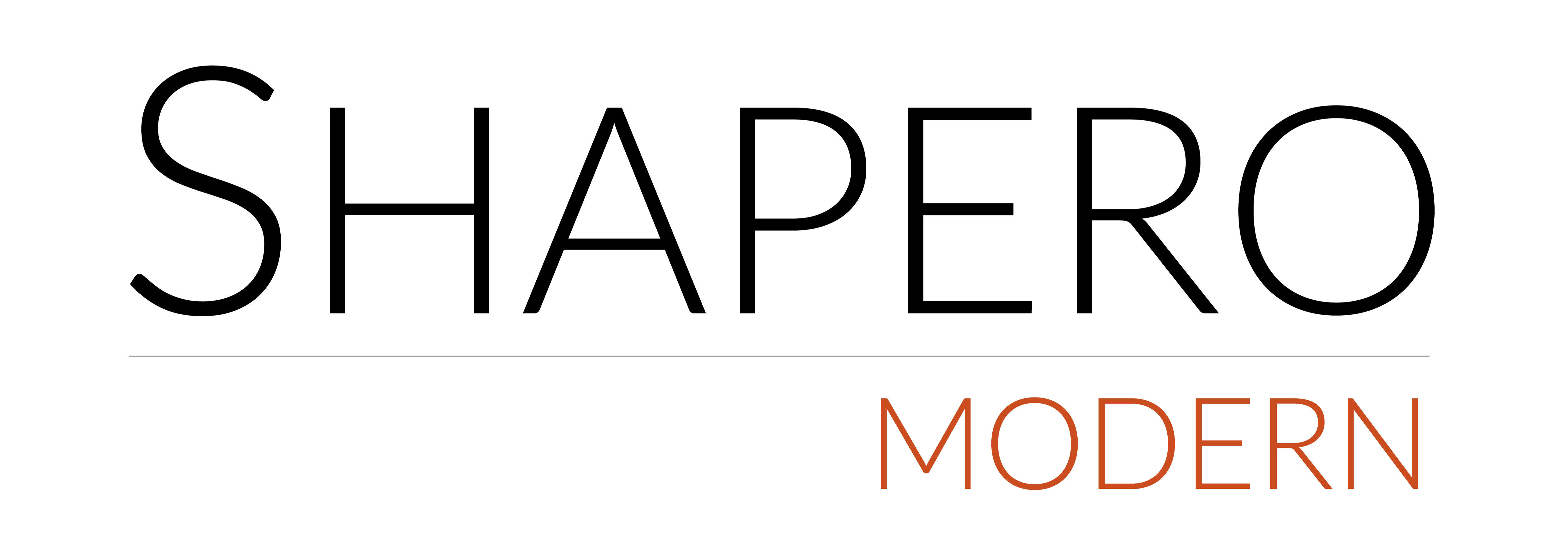Claes Oldenburg
Tilting Neon Cocktail, 1983
Stainless steel, cast aluminium, acrylic paint and Plexiglas
Overall: 483 x 241 x 227 mm (19 x 9½ x 9 in.)
Signed, dated, and numbered by incision on the base
102403
£ 19,500.00
Stainless steel, cast aluminium, acrylic paint and Plexiglas, 1983, signed, dated, and numbered by incision on the base, from the edition of 50, published by Brooke Alexander for the New...
Stainless steel, cast aluminium, acrylic paint and Plexiglas, 1983, signed, dated, and numbered by incision on the base, from the edition of 50, published by Brooke Alexander for the New York Museum of Contemporary Art, New York, overall: 483 x 241 x 227 mm (19 x 9½ x 9 in.)
Claes Oldenburg’s Statement on Tilting Neon Cocktail (Claes Oldenburg: The Multiples Store, 1996, p. 50):
‘After the 1960s, fund-raising was nearly always the impetus for my multiple making. Fund-raising especially influenced the choice of subject for Tilting Neon Cocktail. I visualized the benefactors of the New Museum of Contemporary Art in New York seated around a banquet table with a cocktail sculpture at each setting. In fact, I had wanted a motive for his ubiquitous subject since 1954 when I noticed that every bar in San Francisco was identified by an identical emblem, a cocktail glass in neon.
This well-established sign for happy times is conventionally tilted as if the glass itself were intoxicated. A rod of stainless steel, which has the look and feel of a “white” liquor, like the vodka or gin of martinis, was substituted for the neon, and was formed, as neon must be, in a single, unbroken line. In three dimensions, this left parts of the subject, such as the walls of the glass and its contents, to the imagination, making the cocktail a rather abstract object. To bring the subject back from geometry to nature, the olive, cradled in the imaginary funnel of the glass and surrounded by imaginary alcohol, is treated in a painterly way.
There are overtones of the glistening black dance floors from the 1930s film musicals, or of the earliest plastic – Bakelite – in the curved corner fragment of a bar table, on which the Tilting Neon Cocktail can be revolved. But the envisioned choreography of an opulent table setting with sixty-five twirling cocktails never materialized.’
Claes Oldenburg’s Statement on Tilting Neon Cocktail (Claes Oldenburg: The Multiples Store, 1996, p. 50):
‘After the 1960s, fund-raising was nearly always the impetus for my multiple making. Fund-raising especially influenced the choice of subject for Tilting Neon Cocktail. I visualized the benefactors of the New Museum of Contemporary Art in New York seated around a banquet table with a cocktail sculpture at each setting. In fact, I had wanted a motive for his ubiquitous subject since 1954 when I noticed that every bar in San Francisco was identified by an identical emblem, a cocktail glass in neon.
This well-established sign for happy times is conventionally tilted as if the glass itself were intoxicated. A rod of stainless steel, which has the look and feel of a “white” liquor, like the vodka or gin of martinis, was substituted for the neon, and was formed, as neon must be, in a single, unbroken line. In three dimensions, this left parts of the subject, such as the walls of the glass and its contents, to the imagination, making the cocktail a rather abstract object. To bring the subject back from geometry to nature, the olive, cradled in the imaginary funnel of the glass and surrounded by imaginary alcohol, is treated in a painterly way.
There are overtones of the glistening black dance floors from the 1930s film musicals, or of the earliest plastic – Bakelite – in the curved corner fragment of a bar table, on which the Tilting Neon Cocktail can be revolved. But the envisioned choreography of an opulent table setting with sixty-five twirling cocktails never materialized.’
Literature
Multiples Store 21; Multiples in Retrospect 21Join our mailing list
* denotes required fields
We will process the personal data you have supplied to communicate with you in accordance with our Privacy Policy. You can unsubscribe or change your preferences at any time by clicking the link in our emails.

